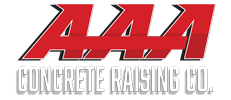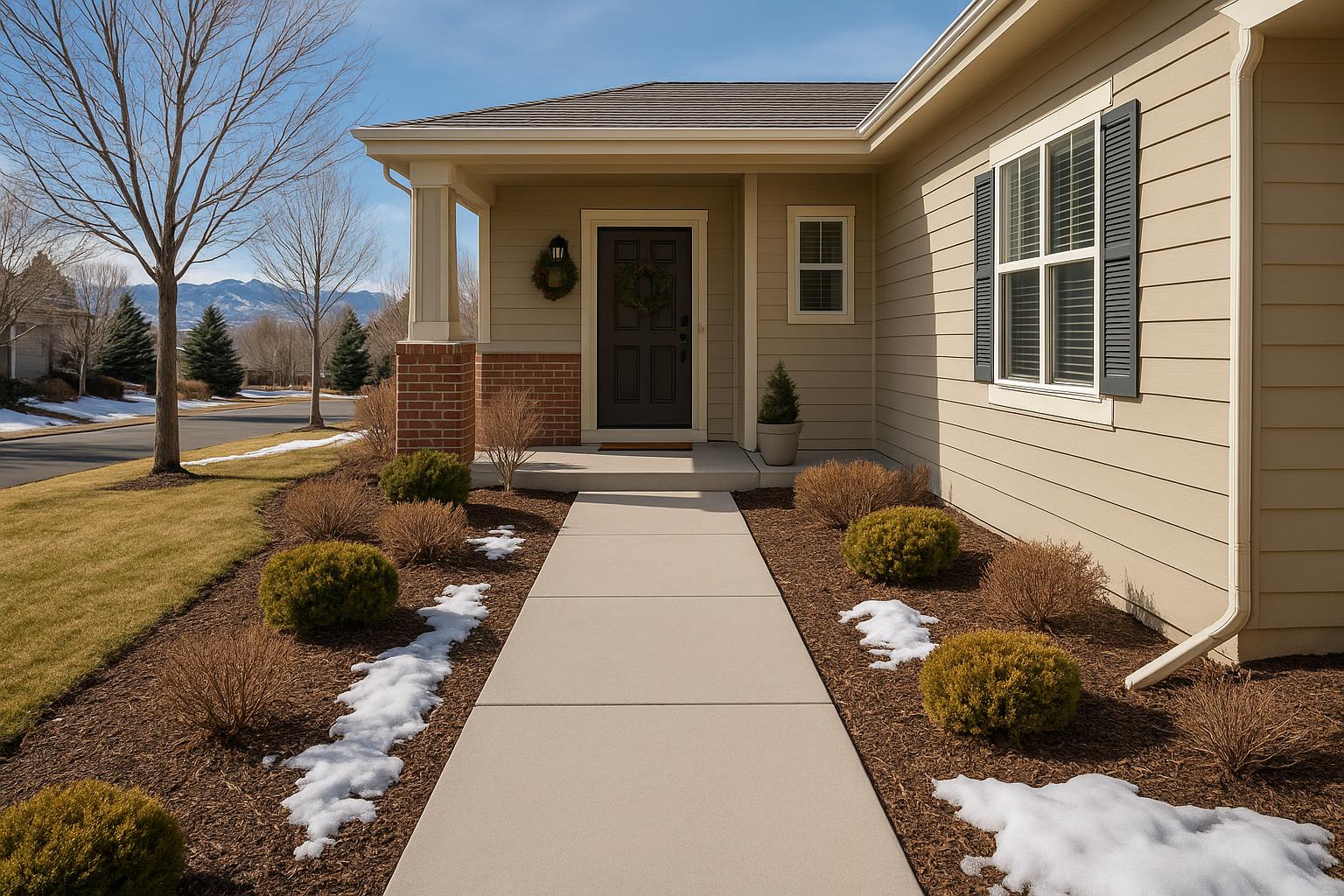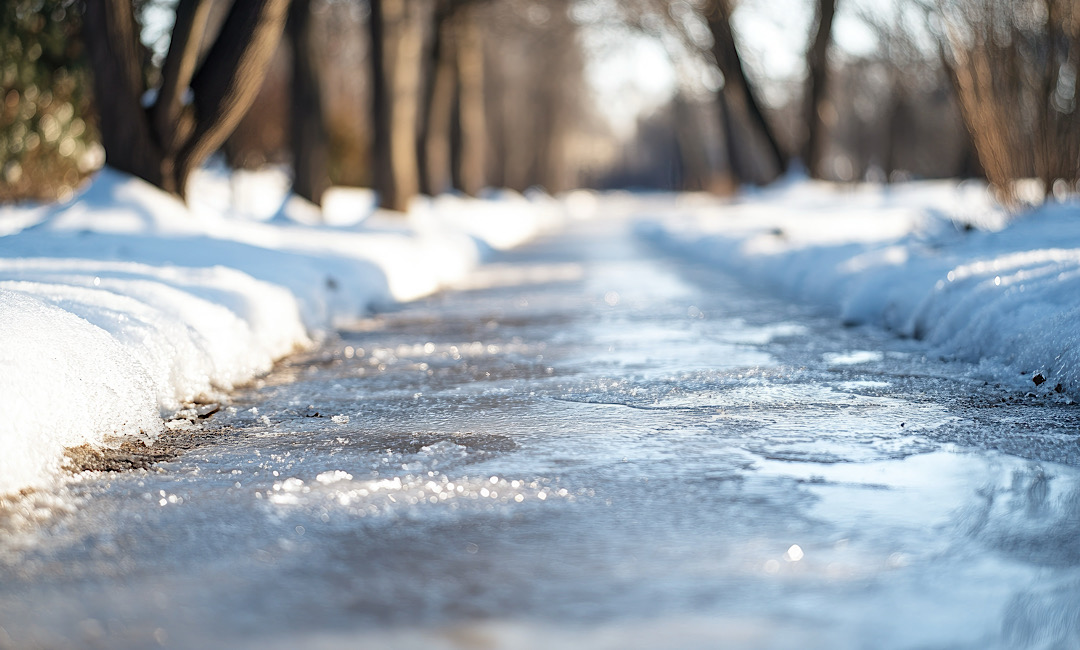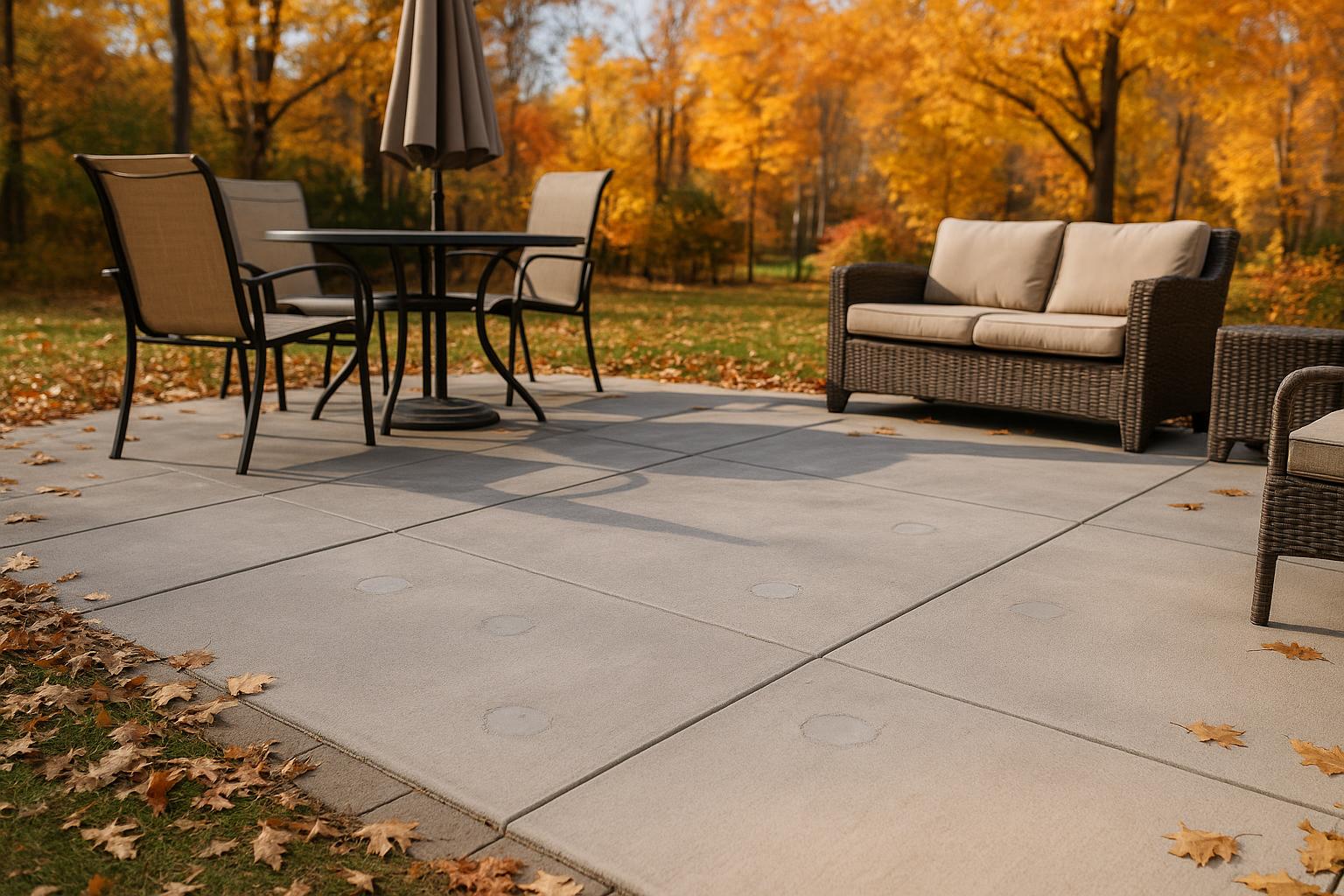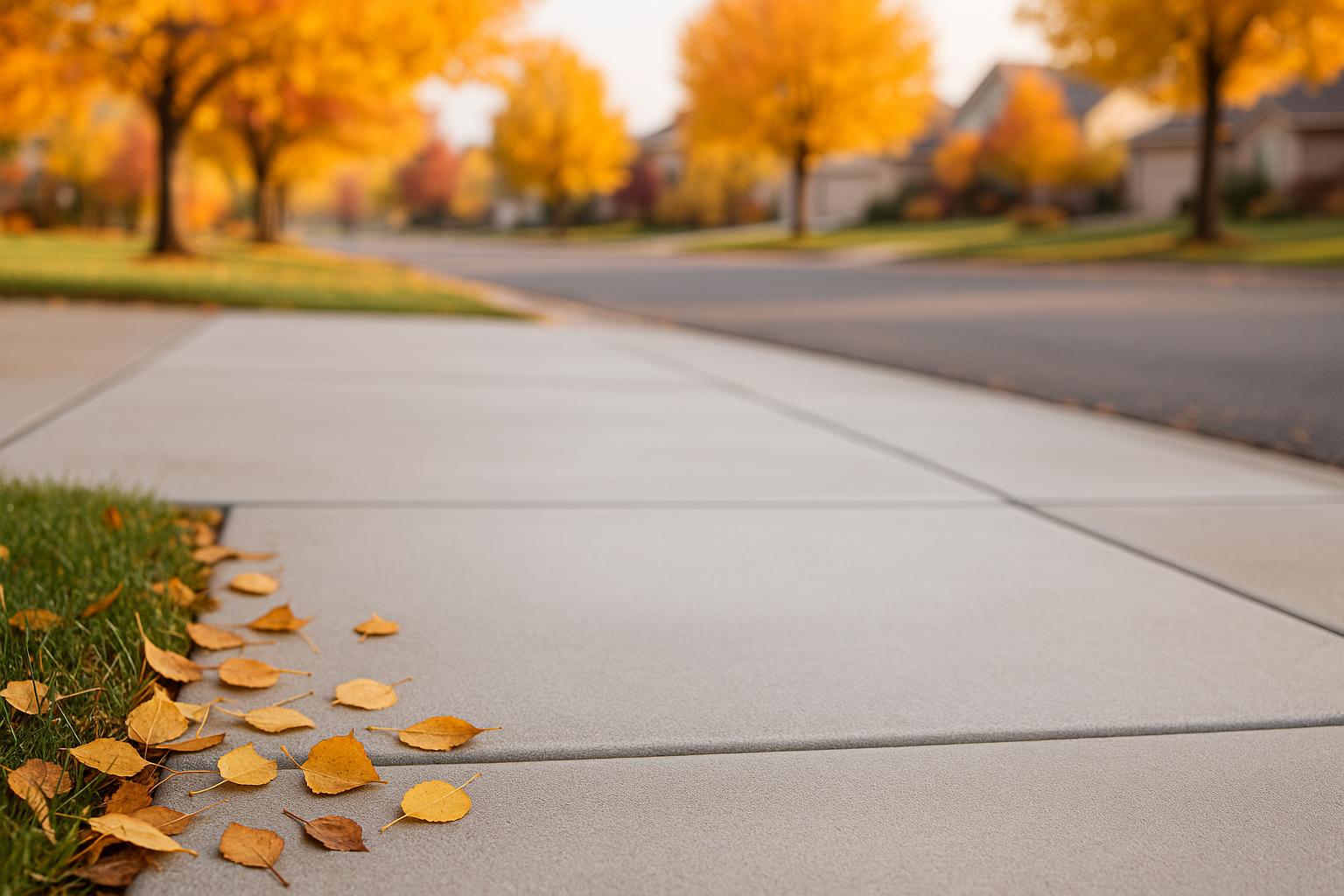Concrete surfaces—like driveways, sidewalks, patios, and interior floors—play a vital role in the appearance and safety of your property. Over time, these surfaces can sink or become uneven due to soil erosion, water intrusion, or seasonal temperature changes. Left unaddressed, these issues can lead to cracking, drainage problems, and even structural concerns.
For homeowners and business owners in Denver, selecting the right concrete lifting method is crucial. While various repair options exist, mudjacking stands out as a proven, cost-effective solution that delivers long-term results in Colorado’s unique soil and climate conditions. In this guide, we’ll explain what mudjacking is, how it works, and why it’s often the best choice for restoring sunken concrete.
What Is Mudjacking?
Mudjacking—also known as slab leveling or concrete lifting—is a trusted method for raising sunken or uneven concrete surfaces. This technique uses a cement-based slurry made from a blend of water, sand, and cement. The mixture is pumped underneath the affected concrete to fill voids and lift the slab back into its original position.
Mudjacking has been used for decades and remains one of the most reliable solutions for lifting concrete surfaces in both residential and commercial settings. It is particularly effective for driveways, sidewalks, patios, garage floors, and other high-load areas where durability matters.
How Mudjacking Works
Mudjacking involves a few simple yet effective steps that make it a go-to solution for concrete repair professionals:
Drilling: Small holes (typically 1 to 2 inches in diameter) are drilled into the sunken slab at strategic locations.
Slurry Injection: A pressurized slurry mixture is pumped through the holes to fill the voids beneath the concrete.
Lifting and Leveling: As the voids are filled, the pressure gently lifts the slab until it is level with the surrounding surface.
Curing: The cement-based mixture hardens over time, typically within a day, providing lasting support beneath the slab.
Hole Patching: The drill holes are sealed and finished to blend with the existing surface.
This process is highly effective for correcting uneven concrete caused by shifting soils, moisture erosion, or poor compaction during original construction.
Why Choose Mudjacking?
Mudjacking remains the preferred method for many Denver homeowners and contractors due to its combination of strength, value, and environmental friendliness. Here’s why it’s often the right solution:
Cost-Effective
Mudjacking is typically less expensive than full slab replacement and other lifting alternatives. It provides a high return on investment, especially for larger concrete areas.
Environmentally Friendly
The slurry used in mudjacking consists of natural materials, which means it doesn’t introduce synthetic chemicals or potential contaminants into your soil or landscaping.
Proven Longevity
Mudjacking has a decades-long track record of delivering long-lasting results. When performed by experienced professionals, it can stabilize concrete surfaces for 10 to 20 years or more.
Ideal for Load-Bearing Applications
The heavier slurry mixture is well-suited for areas subjected to high weight loads—such as driveways, garage floors, and commercial walkways, providing solid and stable support.
Adapts Well to Colorado Soils
Denver’s soil is prone to seasonal expansion and contraction due to freeze-thaw cycles. Mudjacking is uniquely suited to these conditions, providing a dependable solution that adjusts with the climate.
Mudjacking vs. Other Concrete Lifting Options
While other methods exist, many fall short when compared to mudjacking in durability and strength. Here’s a breakdown of how mudjacking compares in key areas:
Materials: Uses a natural cement-based slurry that provides solid structural support.
Cost: Generally more affordable, especially for large areas.
Environmental Safety: Uses non-toxic materials that won’t harm nearby soil or plants.
Suitability: Perfect for heavy-duty slabs, including driveways, patios, and walkways.
Proven Track Record: Decades of successful application in residential and commercial settings.
Is Mudjacking Right for Your Property?
If you’ve noticed uneven concrete, pooling water, or tripping hazards around your home or business, it may be time to consider mudjacking. Common signs that indicate a need for repair include:
Visible sinking or dipping in concrete slabs
Cracks forming due to pressure or soil movement
Water drainage problems or pooling near foundations
Gaps between concrete and adjacent structures
Mudjacking offers a quick, minimally disruptive solution that can often be completed in a single day. It’s especially beneficial in Denver, where soil movement and freeze-thaw cycles can cause repeated settling without proper support.
Call AAA Concrete Raising for Expert Concrete Repair in Denver
At AAA Concrete Raising, we specialize in mudjacking solutions designed specifically for Denver’s challenging soil and climate conditions. Our experienced team will inspect your property, identify problem areas, and recommend the most effective course of action.
If you’re dealing with uneven, sunken, or cracked concrete, don’t wait for the problem to worsen. Let us restore your surfaces with a solution that’s affordable, reliable, and built to last.
Call (303) 526-2222 today for a free estimate and find out if mudjacking is right for your home or business.
